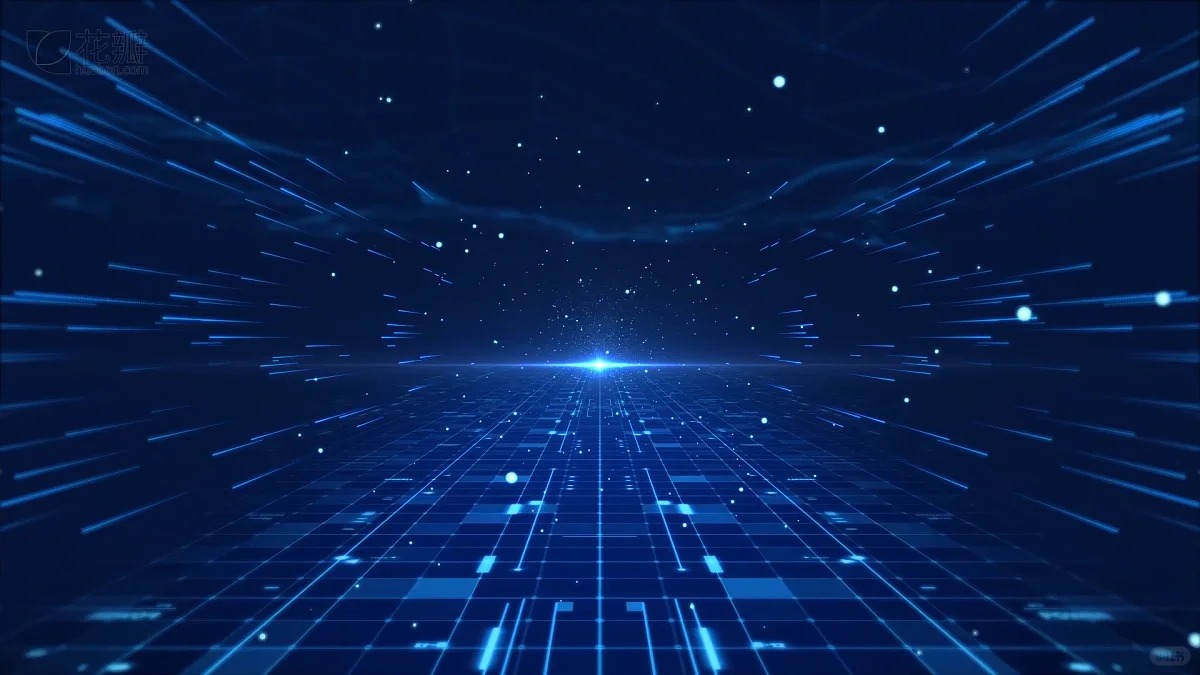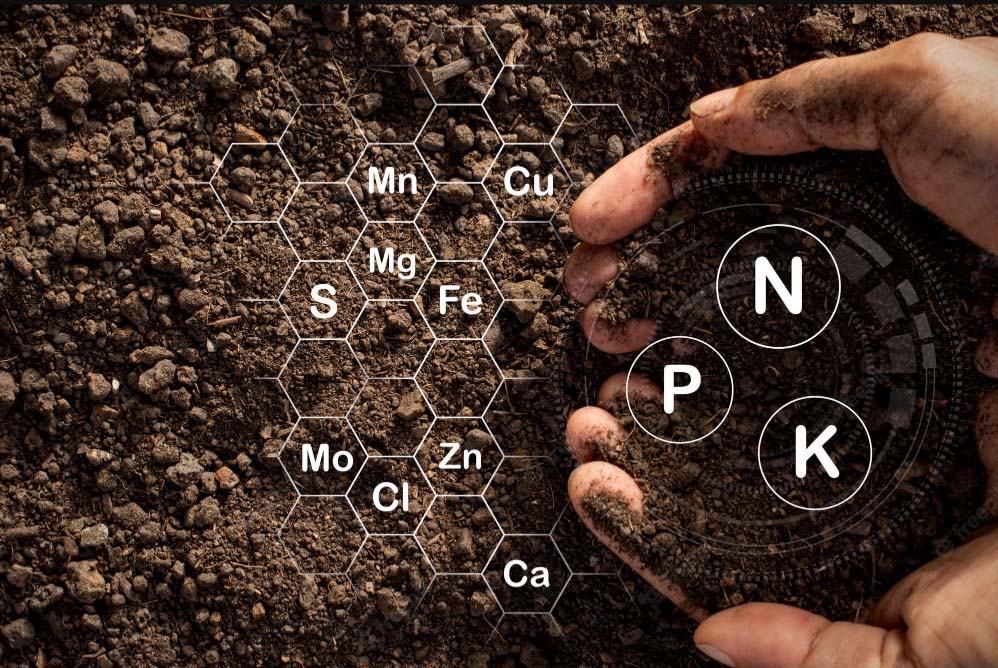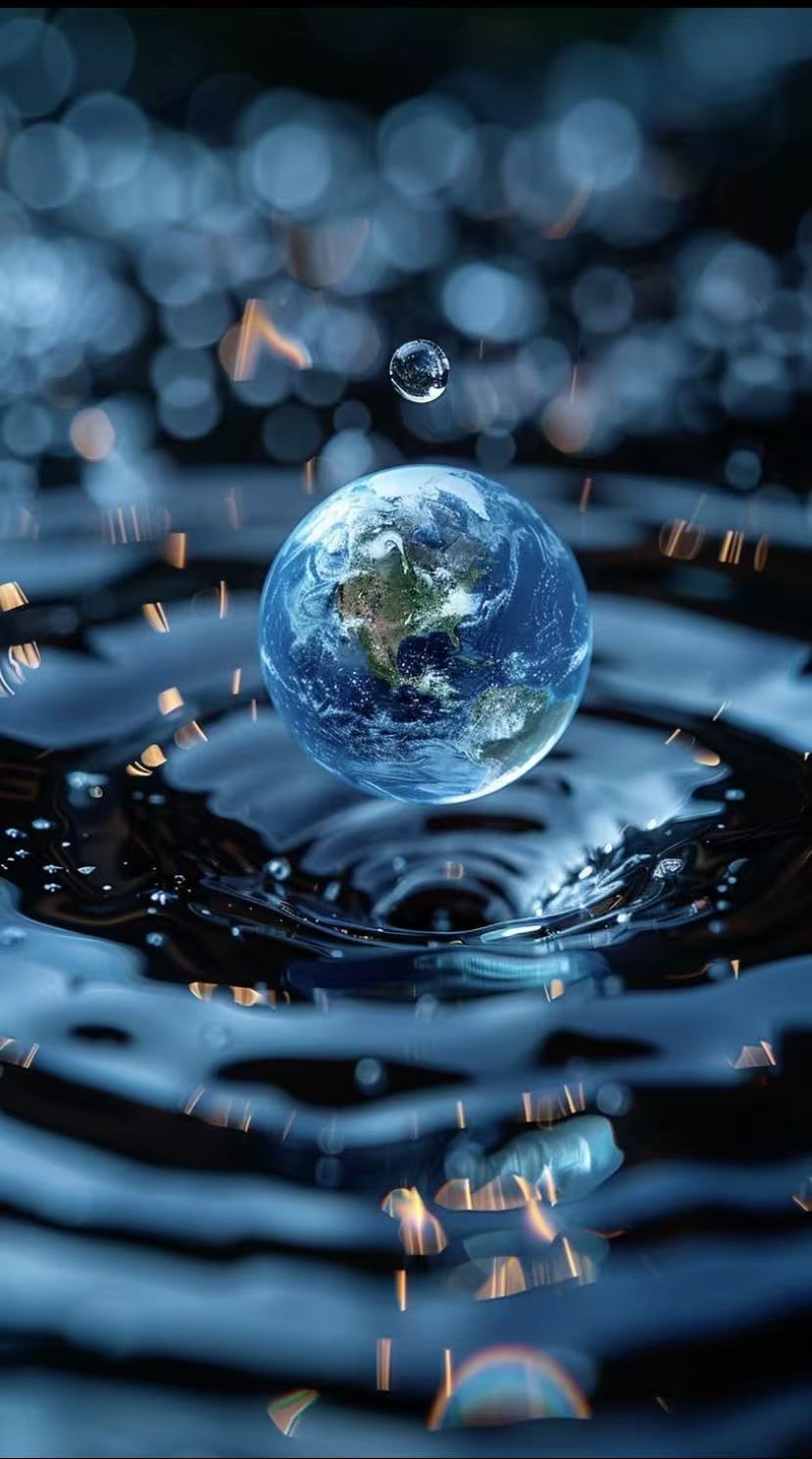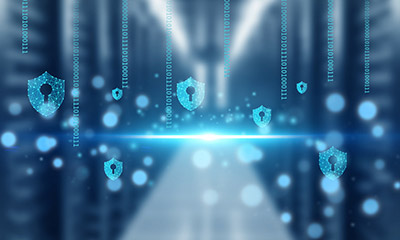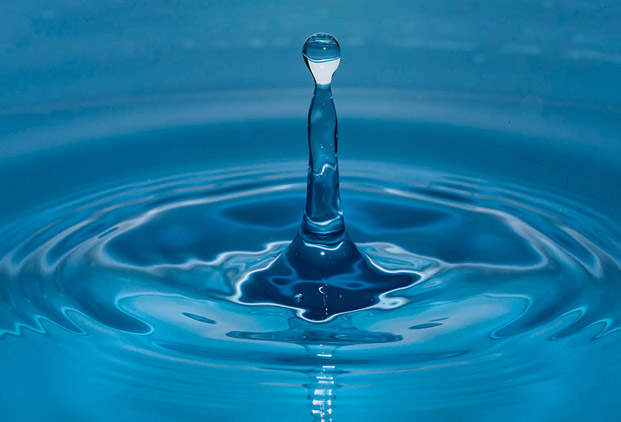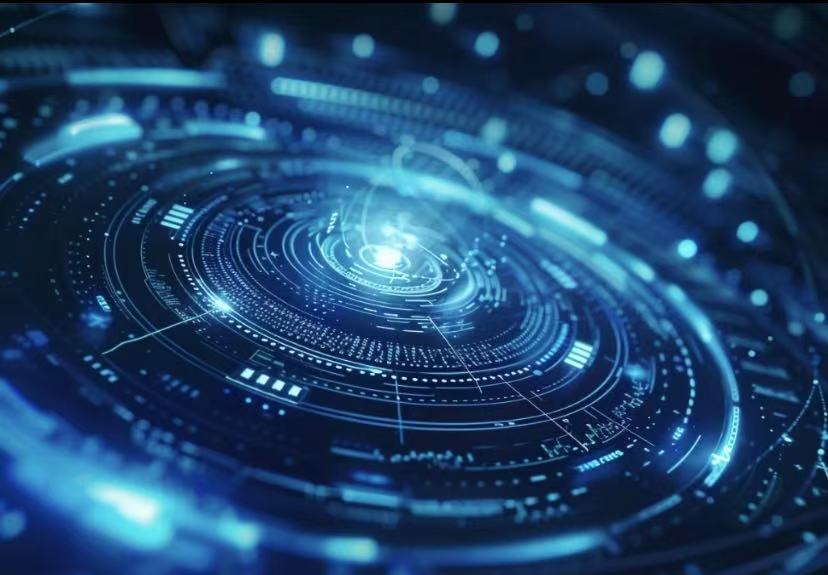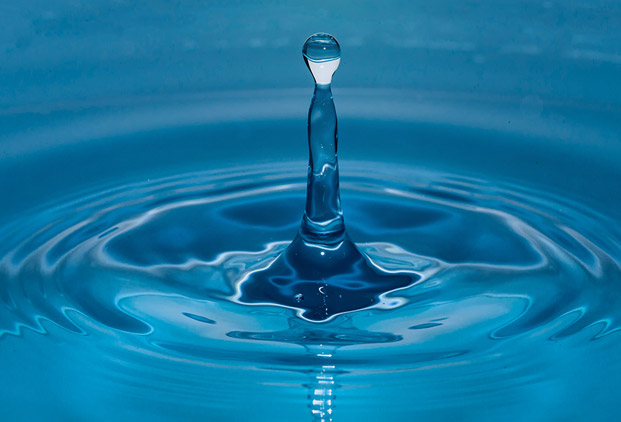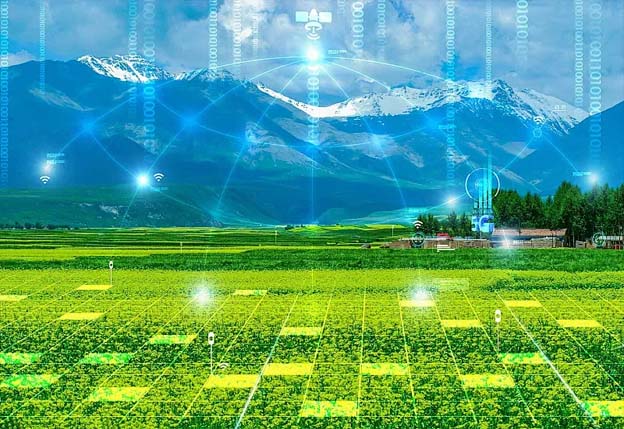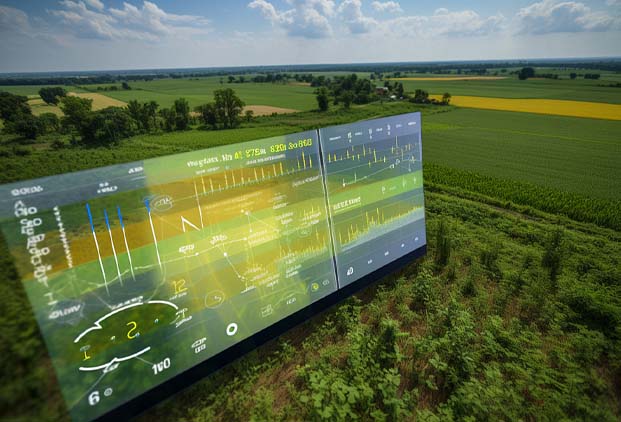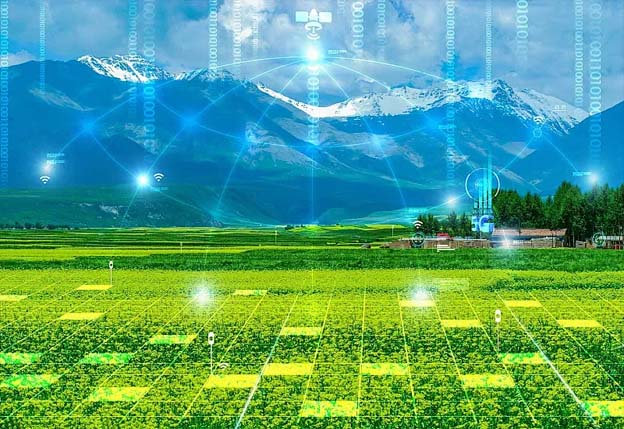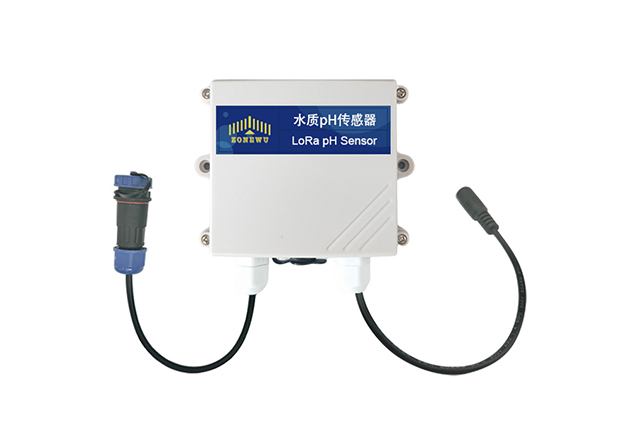May 09, 2025
In the process of moving from traditional agriculture to smart agriculture, soil sensors play a crucial role. It is like an indefatigable agricultural guardian, silently guarding every inch of land and providing a solid guarantee for the healthy growth of crops. Today, let's delve into the secrets of soil sensors together.
一、The Big Reveal of the Soil Sensor Family
There are many kinds of soil sensors in the family, and each member has a unique mission. Here are a few "star members" for you to introduce.
1. Soil moisture sensor: It is a small master to monitor soil moisture, and its working principle is based on the close relationship between soil dielectric constant and moisture content.As shown in the diagram below [insert diagram of the working principle of the soil moisture sensor, which clearly shows how the sensor measures the moisture content by detecting the change in the dielectric constant of the soil],When the soil moisture content changes, the dielectric constant will also change, and the sensor will capture this change and convert it into an electrical signal, thereby accurately determining the soil moisture content. In farmland in arid areas, it can timely inform farmers when they need to irrigate, so as to avoid crops wilting due to lack of water.
2. Soil temperature sensor: Based on the characteristics of thermoelectric effect or resistance change with temperature, it can be called the "temperature manager" for crop growth.For example, [insert a picture of the soil temperature sensor and a simple diagram of its working principle here, marking the key components],The thermocouple sensor measures temperature by using the voltage difference generated by two different metal wires when the temperature changes, while the thermistor sensor measures temperature by relying on the change of resistance value with temperature. In the cold early spring, it can monitor soil temperature and remind farmers when it is suitable to plant, ensuring that the seeds sprout smoothly at an appropriate temperature.
3. Soil pH sensor: Using the principle of electrochemistry, it determines the pH value by measuring the concentration of hydrogen ions in the soil solution, and is the "guardian" of the soil's acid-base balance.[Insert a diagram of the working principle of the soil pH sensor here, showing the process of measuring the concentration of hydrogen ions with a diagram] Most crops prefer a soil environment with a pH value between 6.0 and 7.5,With it, farmers can timely understand the acidity and alkalinity of the soil, take corresponding measures to adjust it, and create a good growth environment for crops.
4. Soil nutrient sensor: Based on the principle of colorimetric method, spectral method and electrochemical method, it accurately measures the content of key nutrients such as nitrogen, phosphorus and potassium in soil. For example, the colorimetric method generates a color or turbidity gradient through the reaction of reagents with specific nutrients in soil samples, thus inferring the nutrient concentration, like a magical chemical magic that clearly presents soil nutrient information.[Insert a flow diagram of the process by which the soil nutrient sensor works using the colorimetric method] It helps farmers to fertilize reasonably according to the soil nutrient status, avoid fertilizer waste and environmental pollution, and make crops "nutritionally balanced."
二、The Agricultural "High-Light Moment" of Soil Sensors
In practical agricultural production, the performance of soil sensors is very impressive, bringing many changes.
1. Precision irrigation, protecting water resources: farmland equipped with soil moisture sensors is like having an intelligent irrigation expert.[Insert a real picture showing the installation of soil moisture sensors and irrigation systems in farmland,]The sensor monitors the soil moisture content in real time, and when the moisture is below the threshold suitable for crop growth, it automatically triggers the irrigation system to control the irrigation amount precisely. Compared with traditional irrigation methods, the water resource utilization rate has been greatly improved, which can effectively save water resources while ensuring the vigorous growth of crops.
2. Scientific fertilization to improve yield and quality: soil nutrient sensor becomes a reliable assistant for farmers to fertilize. It accurately detects the content of various nutrients in the soil, farmers formulate personalized fertilization plans based on the test results, and achieve precise fertilization.[Insert a comparison chart here, one side is the scene of crops growing vigorously and fruits being full after using soil nutrient sensor to guide fertilization,On the other hand, the scene of traditional blind fertilization causing poor crop growth] This not only improves the utilization efficiency of fertilizers, reduces production costs, but also significantly improves the yield and quality of crops, making agricultural products more competitive in the market.
3. Intelligent manager of greenhouses: In greenhouses, multiple soil sensors work together with temperature and humidity sensors, light sensors, and other sensors to build an intelligent environmental monitoring and control system.[Insert a diagram of the sensor layout and intelligent control system in the greenhouse, showing the connection and data transmission relationship between each sensor] They monitor the soil and environmental parameters in the greenhouse in real time,Once the parameters of temperature, humidity, soil acidity and alkalinity, etc. deviate from the optimal range for crop growth, the intelligent control system will quickly respond and automatically adjust irrigation, ventilation and shading equipment to create the most suitable growth environment for crops, helping the greenhouse to achieve high yield and stable yield.
三、The Future Blueprint of Soil Sensors
Looking to the future, the development of soil sensors is full of expectations.
1. Intelligent upgrade, opening up the era of intelligent decision-making: With the deep integration of Internet of Things, artificial intelligence, and big data technologies, soil sensors will have more powerful data analysis and processing capabilities. It is no longer just a data collector, but also an intelligent consultant for agricultural production. Through the learning and analysis of massive historical data, it can predict the trend of soil environment changes in advance, such as the probability of pest and disease occurrence and the change of soil fertility, and provide precise and intelligent decision-making suggestions for farmers, helping farmers to take measures in advance.
2. Compact integration, big function explosion: Future soil sensors will develop rapidly in the direction of miniaturization and integration. We are expected to see miniature soil sensors that are compact in size and powerful in function, which can integrate multiple monitoring functions such as temperature, moisture, pH, nutrients, etc. into one, facilitate installation and use, and greatly reduce costs. This kind of integrated sensor is like a multifunctional agricultural guardian, providing more comprehensive and convenient data services for agricultural production.
3. Technical integration to build a comprehensive monitoring system: soil sensors will work closely with drones, satellite remote sensing, and other technologies. Unmanned aerial vehicles equipped with soil sensors can quickly inspect large areas of farmland and obtain spatial distribution information of soil data, just like giving a comprehensive "physical examination" to the farmland; Satellite remote sensing monitors the overall condition of the soil from a macroscopic perspective, and the two complement each other to build a more comprehensive and accurate soil information monitoring system, providing all-round and multi-level support for agricultural production.
As one of the core technologies of smart agriculture, the soil sensor is changing the traditional agricultural production mode with its precise data collection and powerful functions. I believe that in the future, with the continuous innovation and development of technology, soil sensors will play a more important role in the field of agriculture, helping agriculture to flourish in a more efficient, green, and sustainable direction. Let us look forward to the soil sensor leading agriculture to a more glorious tomorrow and making great contributions to ensuring global food security!
Read More
